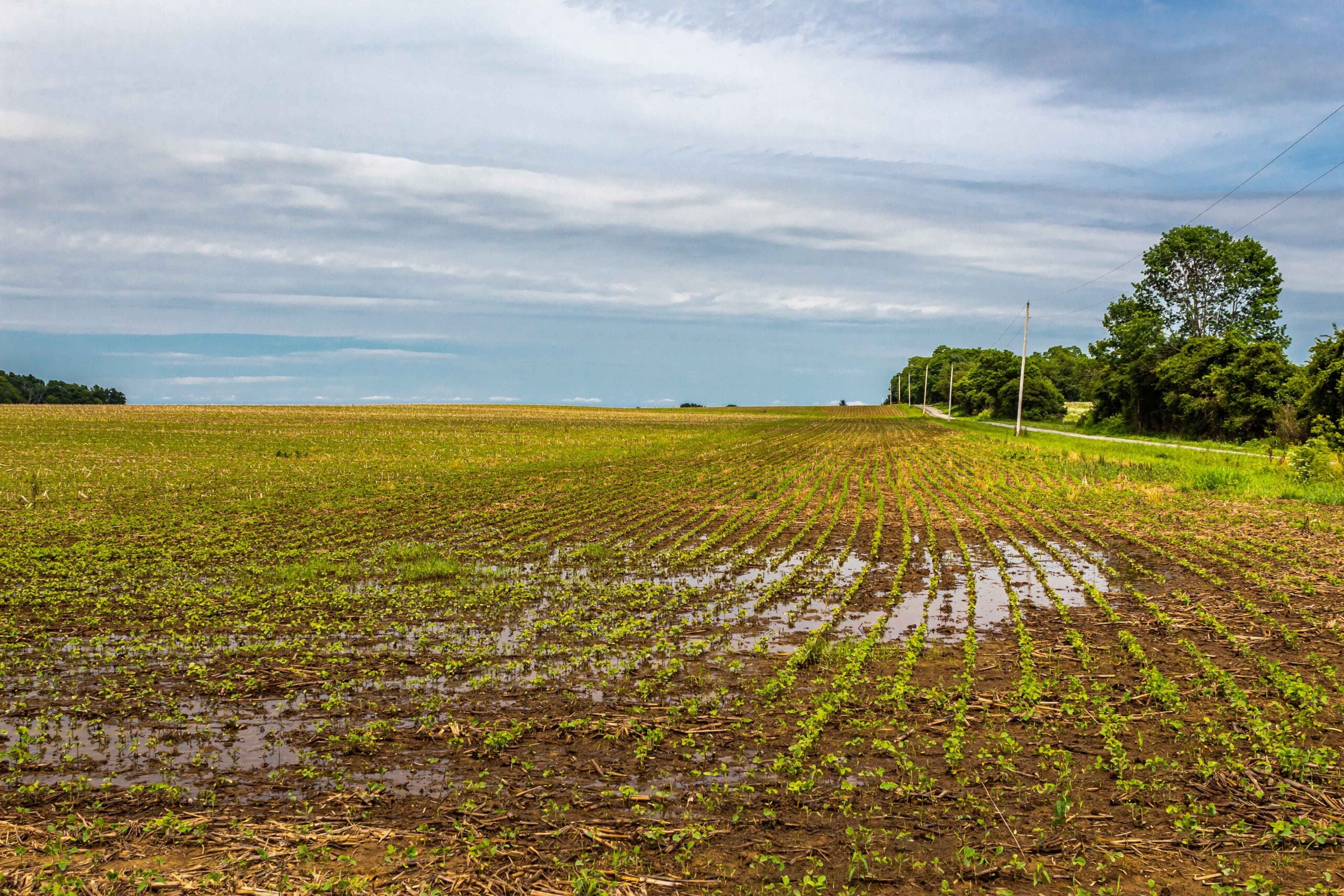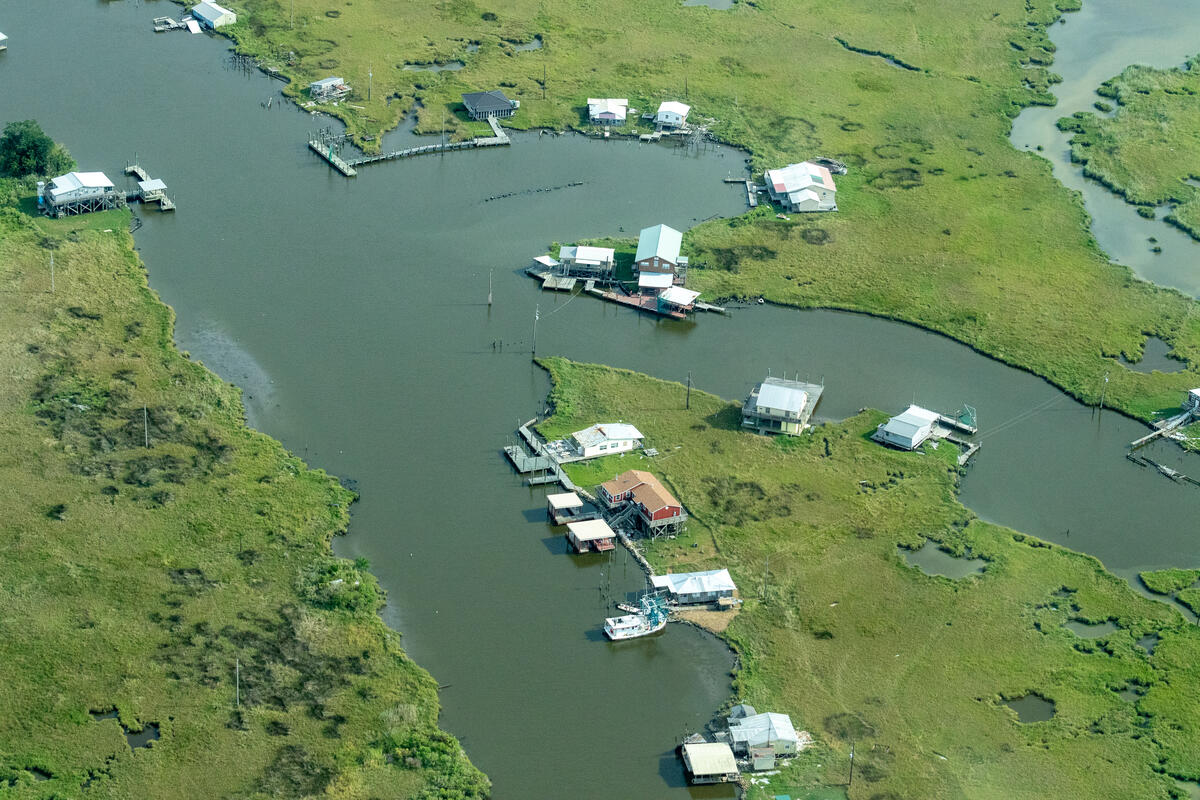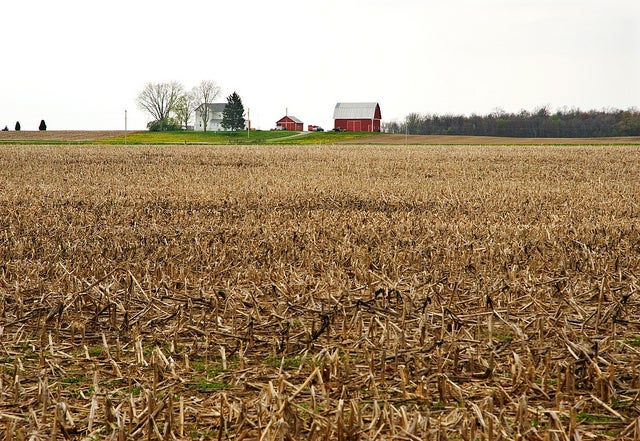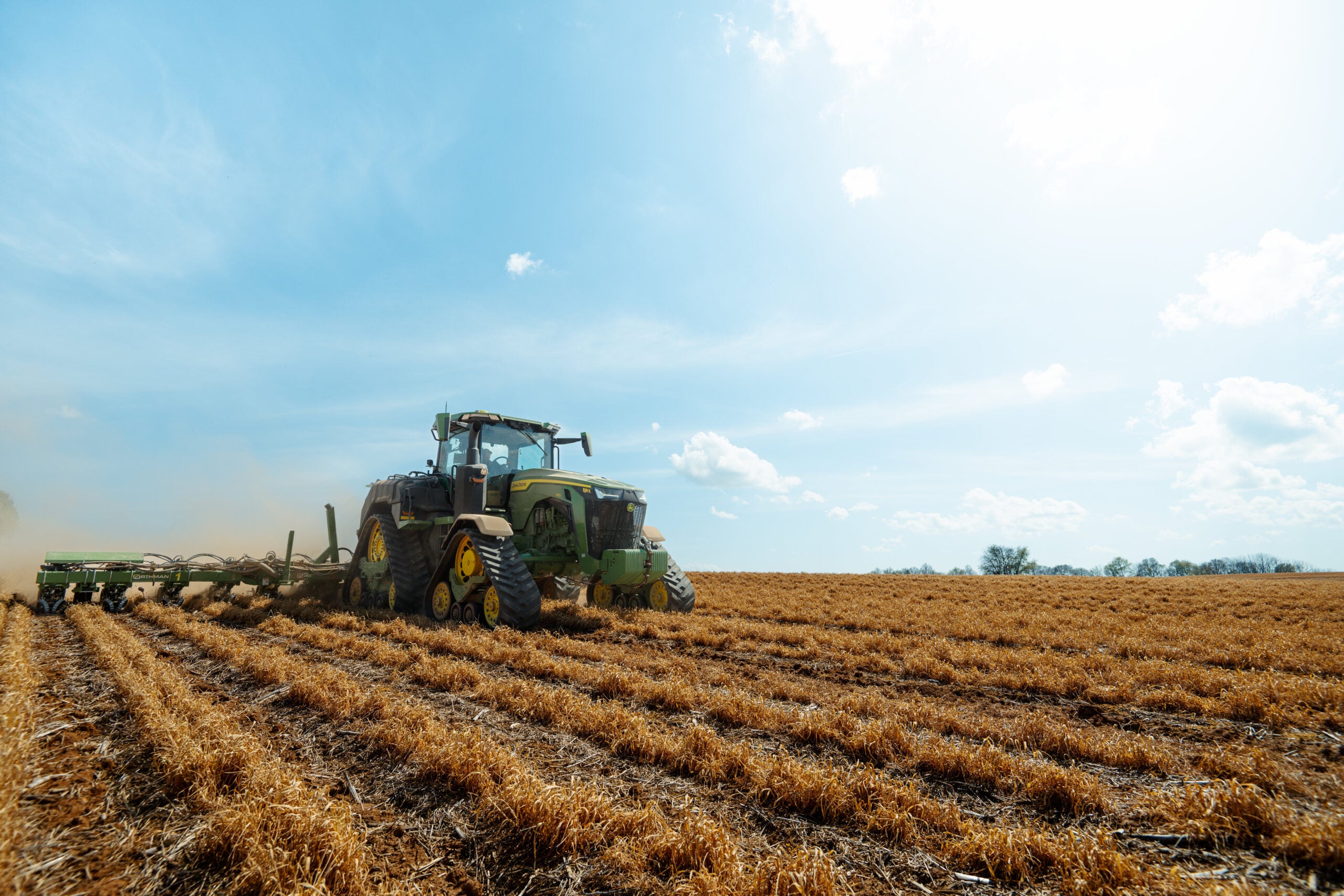Last year, the U.S. faced its fourth most costly year of extreme weather, contributing to more than $20 billion in agricultural losses. As this trend of increasingly extreme weather continues, modernizing agricultural insurance in the U.S. is a crucial step toward protecting farmers’ financial stability and reducing the risks they face when transitioning to climate-resilient practices.
Crop insurance protects farmers’ financial resilience under extreme weather
Crop insurance plays a critical role in supporting the financial health of U.S. farms and ranches through the ups and downs of weather conditions. As a public-private partnership, the Federal Crop Insurance Program combines private-sector delivery with public sector policy and funding support. According to the American Farm Bureau Federation, the program covered more than 50% of economic losses stemming from natural disasters in 2024.
However, the current structure of the Federal Crop Insurance Program is outdated. It uses historical data to project present risks that are rapidly changing. The program’s current approach to crop insurance can hinder farmers’ ability to adapt to these changing risks, locking them into production systems that are increasingly unsustainable in areas experiencing extreme heat and water stress.
While the Federal Crop Insurance Program is the predominant marketplace for affordable agricultural insurance in the U.S., the private sector offers an opportunity to innovate, pilot and learn from modernized insurance solutions.
A new wave of innovation — driven by modern weather and water data, advanced predictive modeling and artificial intelligence — can help reshape agricultural insurance to be more adaptive to the risks farmers face today. These technologies can empower farmers to respond more effectively to climate change while also conserving natural resources.
Innovative insurance products advance adaptation options for farmers
Unlike traditional indemnity-based insurance where policyholders are reimbursed for the actual cost of damage, parametric insurance (also known as index-based insurance) pays a pre-determined amount immediately after a specified trigger event occurs. Triggers are often independent measurement of a weather event covered by the insurance policy (e.g., three consecutive days of extreme heat reaching 95°F). By incorporating parametric insurance tools and modern weather and water data, insurance products are better able to adapt to farmers’ evolving cropping decisions and water management strategies.
Innovators at Praedictus Climate Solutions, Descartes and other companies are developing parametric insurance products using predictive models and up-to-date weather data. These products aim to provide flexible protection against climate risks while enabling faster financial recovery tailored to farmers’ specific management decisions.
Other innovators are applying parametric insurance to address broader environmental and resource challenges. For example, Nature X is developing insurance products that help row crop farmers in the Upper Midwest manage the financial risks of applying nitrogen fertilizer efficiently under variable weather conditions, reducing local water pollution and resulting hypoxia in the Gulf of Mexico.
New collaborations are driving transformative changes in agricultural insurance
Several exciting collaborations have emerged that are advancing the ways we approach agricultural insurance. For example, EDF and partners in Kansas are exploring how evapotranspiration data from OpenET can speed up crop insurance adjustments, enabling crop producers using irrigation to reduce water use without risking loss of insurance coverage.
Significant efforts are also underway to incorporate the risk reduction value of conservation practices into federal crop insurance. The Illinois Corn Growers Association and the University of Illinois are advancing the Conservation Practice Rating Adjustment proposal through the USDA Risk Management Agency, aiming to adjust insurance rates for producers in select states who plant cover crops before commodity row crops based on the risk reductions identified by University of Illinois research using USDA data.
Private sector partners are also working on insurance solutions tailored to emerging market opportunities. The MBOLD Coalition is leading a new initiative to craft crop insurance solutions that support Upper Midwest farmers who grow winter camelina — a cover crop that protects soil over winter and can be used to produce renewable fuels, animal feed and other products. Additionally, Growers Edge is collaborating with food companies to offer crop plan warranties that shield farmers from the financial risks of adopting conservation practices.
Agricultural insurance innovation will provide farmers greater flexibility to grow crops suited for shifting weather conditions, recover more quickly from disasters and receive insurance pricing that reflects the value of improved water and soil health management. Ultimately, this will align insurance with what farmers need to adapt to extreme weather and contribute to the long-term prosperity of rural economies. Now is the time for insurers, reinsurers and producer organizations to invest in research, development and implementation pilots to create and scale these solutions.




















